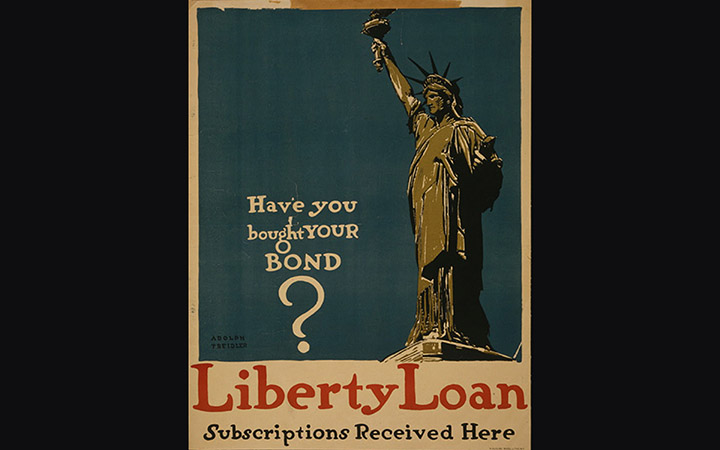
World War I and World War II strongly shaped Fed policy and actions.
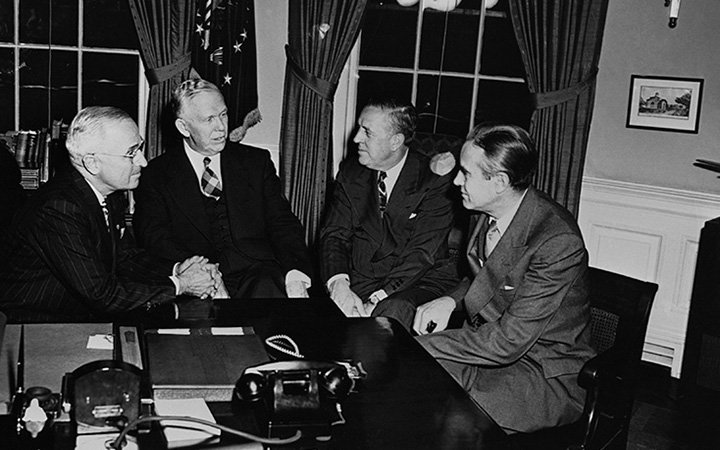
WWII and After
The Fed pegged interest rates at a low level during WWII and enforced the peg after the war ended
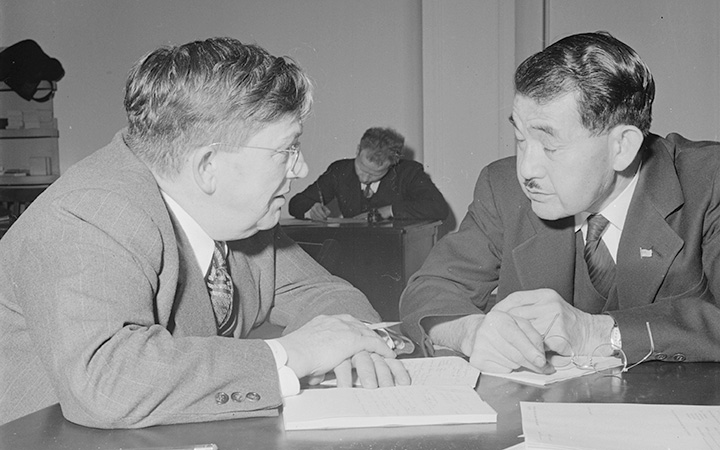
The Federal Reserve's Interactions with Japanese Americans during WWII
As part of the war effort, the Fed was assigned a duty well outside of its normal activities.
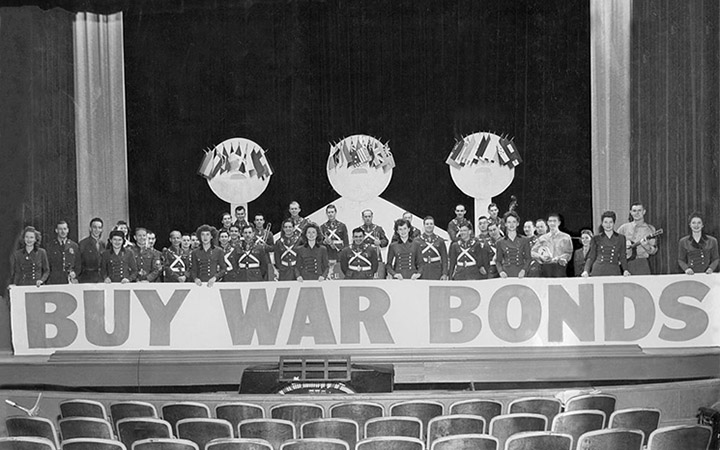
WWII and Its Aftermath
Monetary policy fundamentally changed during the period of 1941 to 1951
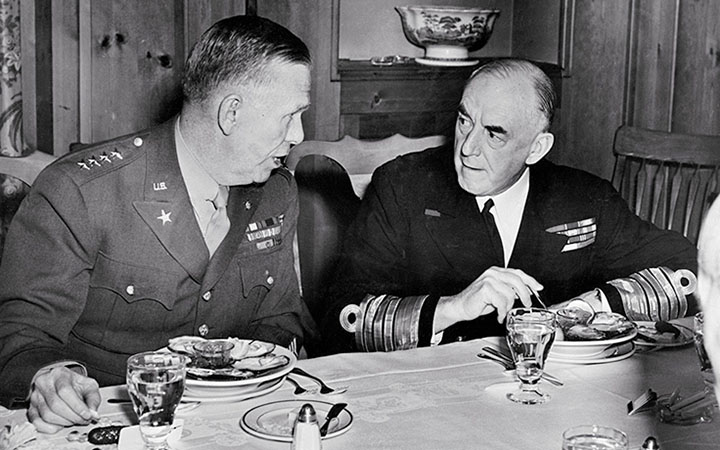
The Fed's Role During WWII
The Federal Reserve supported the war effort in several ways
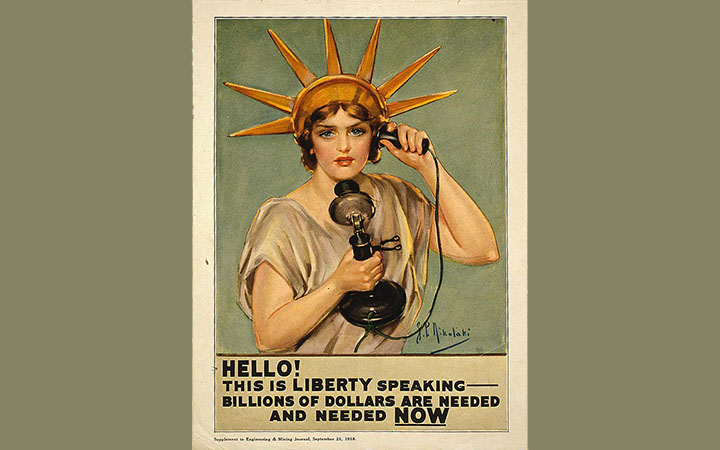
Liberty Bonds
The Treasury and the Fed worked together to finance World War I
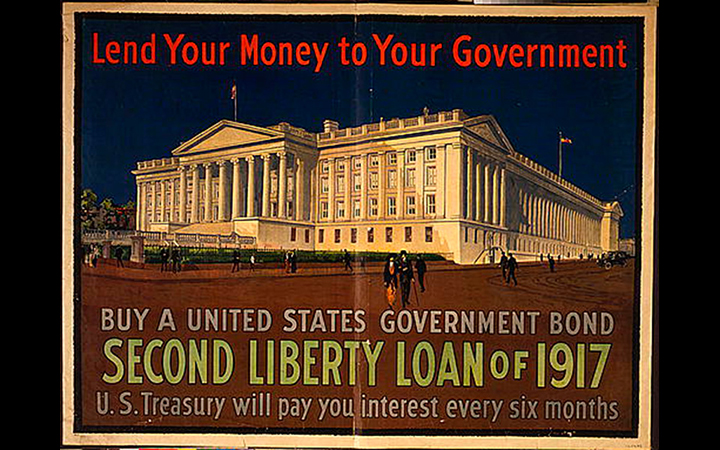
Fed’s Role During WWI
World War I was the first test of the nation's new central bank

